This week’s main review is Welcome to Maynard #1. Plus, the Wednesday Comics Team has its usual rundown of the new #1s, finales and other notable issues from non-Big 2 publishers, all of which you can find below … enjoy!
 Welcome to Maynard #1
Welcome to Maynard #1
Writer: James Robinson
Art: J. Bone
Colors: Ian Herring
Letters: Jim Campbell
Publisher: Dark Horse Comics
Review by Clyde Hall
It’s been too long. Too long since I indulged in a James Robinson story. Too long since vicariously I ventured into a fictional landscape straddling the human world and Fae folk realms a la Changeling: The Dreaming or Mage: The Ascension. Too long since reveling in mystical gumshoe antics like Cast a Deadly Spell. And then along comes an early holiday treat in the form of this delightful Robinson and J. Bone collaboration.
Pippin Dale is a sprightly young half-Mage, offspring of human and Wizard parents and thus daily balancing between both the mortal and mystical seemings of our world. The story chronicles Pip’s first days on the job as bellhop at the prestigious Maynard Hotel, offering premiere San Francisco accommodations for Wizards and Folk of a Magical Ilk.
The Maynard’s also been the scene of recent thefts, robberies committed by a slippery spell-slinger who’s so far eluded the handcuffs of hardboiled house dick Sam Flynn. Pip’s part of the undercover plan for bringing in the preternatural pilferer, but a climactic chase promises the process will not be an easy one. It may even prove lethal.
The introduction to staff and guests of the Maynard is classic, seamless, and pure Robinson. He tantalizes with dangling details and enticing insights across many members of the mystery’s cast, including Pip herself, and leaves readers primed for more. J. Bone’s art keeps the tone as lighthearted as Pip is. And that’s a vital part of the narrative’s texture.
Pip can see the squalor of real-life San Francisco as well as its crystal palisade of enchantment, the wonder of the Maynard’s magical clientele but also the reality of a criminal element amok within its hallowed halls. Yet she isn’t jaded. She maintains a loving homelife with her partner, but also maintains the secrecy of her true nature and her workplace. She’s an amazing characterization of compartmentalized competence, can-do attitude, and amiable wonderment. She’s the co-worker who makes even the worst shifts better just by being there.
Robinson’s clearly in his element, one populated not only by the characters and suspects sketched out herein, but by hot air balloons in the ballroom, cavorting Pegasi along the rooftops, and airborne Viking longships traversing the skyline. J. Bone is the perfect receiver for the whimsical, yet perilous elements conjured within the scripter’s imagination. He transcribes these visions into a winding, vibrant tapestry begging for hand-drawn animation adaptation.
Together, the entire creative team makes Welcome to the Maynard #1 an open invitation into a wizarding world similar to others yet owning its own distinct flavor and ambience. It’s a potent blend of crime noir mystery and eldritch escapade, and its arrival now feels like extra goodies for our Christmas stockings.
 Synap #1
Synap #1
Writer: Chris Moses
Artist: Andrea Giannini
Colorist: James Offredi
Letterer: Reed Hinckley-Barnes
Publisher: Mad Cave
Review by Jordan Jennings
With Synap #1, we are presented a near-future science fiction story with the elevator pitch “Neon Genesis Evangelion but with the pilots in the MK Ultra program”. In this alternate future, strange pill shaped UFOs are increasingly being spotted. The origin of the UFOs remains unknown but there appears to be correlation between the UFOs and the remains of some massive alien mech buried throughout the globe. The US government has contracted Synap Technologies to handle the task of scavenging the remains of this extraterrestrial machine. Additionally, Synap has been training potential drivers for the machine and by training, I mean injecting them with LSD to unlock their telepathic potential.
Chris Moses has crafted a story that plays to the paranormal science fiction elements but in service of telling a story of family, failure, and trauma. Synap #1 functions like the opening chapter to a larger narrative. Moses takes the time to briefly introduce the principal cast members and tease elements of the larger overall narrative. This does mean that no single character is really fleshed out, but we quickly get hints of backstory and motivations for the lead brother and sister.
Shiloh, the brother, is Driver Eight, the newest pilot for the program and the issue opens on his first day of training. Through him we get hints at the dark history of Synap and a glimpse at the broken nature of his relationship with his father, the director of the program and a cold man.
Angeline, Shiloh’s sister, is implied to be a failed driver and we see her throughout the issue abusing alcohol. Moses gives a lot of the page time to Angeline and gives subtle hints at her personality such as her frequent sips out of a flask throughout the story. We also get hints about her past with brief flashbacks to her past as Driver Seven.
What I found particularly effective about writing is how efficient Moses is at giving us these character moments alongside building the plot. Whenever I read a story that plays in the realm of giant mechs, I always think back to Pacific Rim. The movie, while deeply enjoyable, is plagued by long stretches of exposition to tell us how the world is different and works instead of showing it. Exposition has its place in fiction, it should never come at the expense of pacing and momentum. There aren’t any real exposition dumps outlining either the history of this world or the characters’ tortured pasts. Moses keeps the momentum going by interspersing moments of character building with the history of the world.
Artistically, Andrea Giannini, lends a wonderfully animated look to the issue. Through the fluid and dynamic art style we get strong expression and body language in the characters. Some of these moments work in conjunction with the writing in providing small character beats, like the small sips from Angeline’s flash, or having characters put on sunglasses to hide their emotions from others. I like seeing small moments as they lend themselves to “show don’t tell” school of comic book storytelling.
Giannini’s character designs are solid. You can see the manga/anime influence to the character models be it their daytime uniforms, these sick jackets and shades, or the Driver suit, that is reminiscent of G Gundam or Neon Gensis Evangelion. Giannini’s world design helps set the setting of a near-future for the year 2030. Outside of the intentionally fantastical Synap Technologies character designs, most of the world looks plausible and within eight years of development.
James Offredi’s use of varied monochrome color palettes create a visually striking book. Throughout the issue there are panels and pages that are saturated in blues, reds, and greens, and in the process, sets the tone and environment of the story.
Synap #1 is an intriguing start to what feels like a much larger story. It deliberately holds secrets in an effective way to build interest in the comic but not overwhelm the issue in a mystery box format. This issue is visually engaging by its fun designs and quickly paced action series. It is ultimately a little light on actual plot, but there are hooks here that makes me want to come back and see where it develops.
Verdict: Browse
The Prog Report
2000AD 2410 (Rebellion Publishing): This week, I’d like to check in on the ongoing Judge Dredd: The Comfort Zone story, by writer Mike Carroll, artist Ben Willsher, colorist Jack Davies, and letterer Annie Parkhouse. This story has felt to me like a set of vignettes, united by its setting, outside the walls of Mega-City One. It’s been kind of interesting that way, in I feel like I don’t know where things are headed week to week, as new Dredd allies and opponents cycle in. There seems to be a larger point bubbling beneath the surface of these stories too, around how these authoritarian characters view the masses of folks they rule, where they draw lines between classifications, and how talking about them is one thing but serving them is entirely another. It’s not the most coherent story, but it also doesn’t need to be. There’s something interesting at work here in the mosaic of small narratives it’s weaving together. I’m definitely enjoying it. As always, you can nab a digital copy of this week’s Prog here. —Zack Quaintance
Read more entries in the weekly Wednesday Comics reviews series!


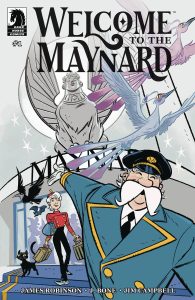
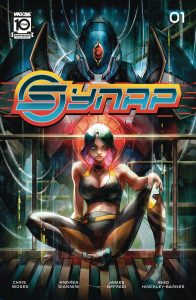
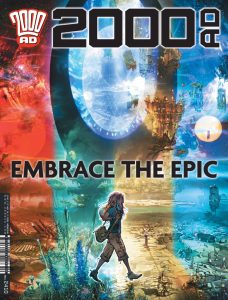


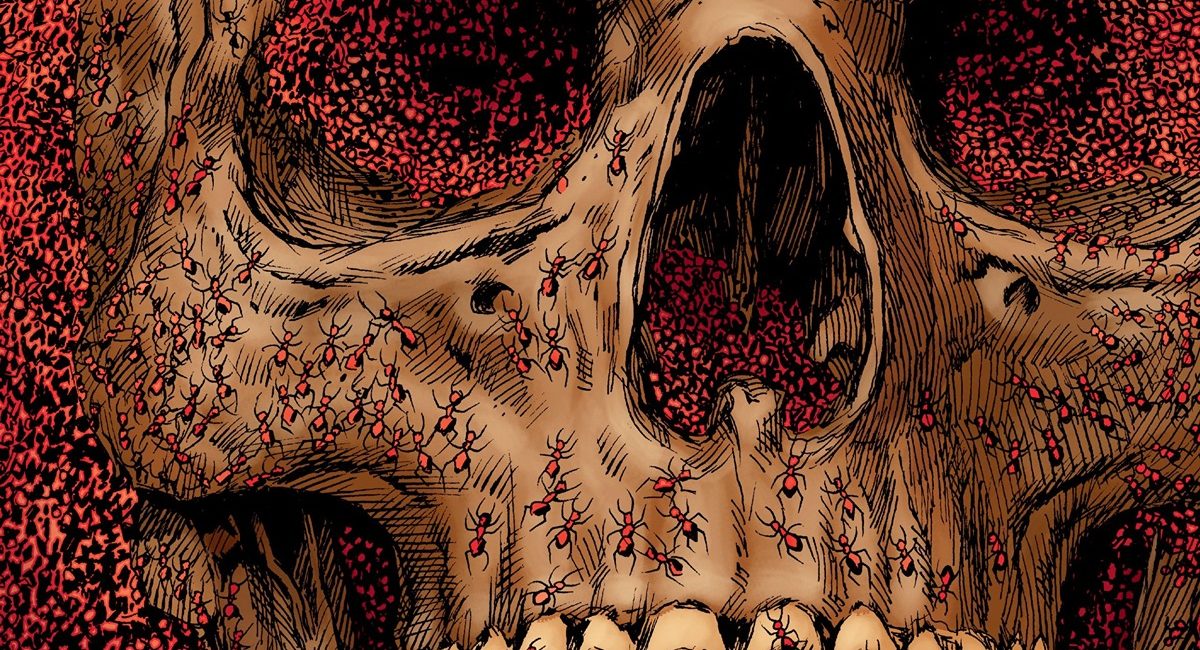
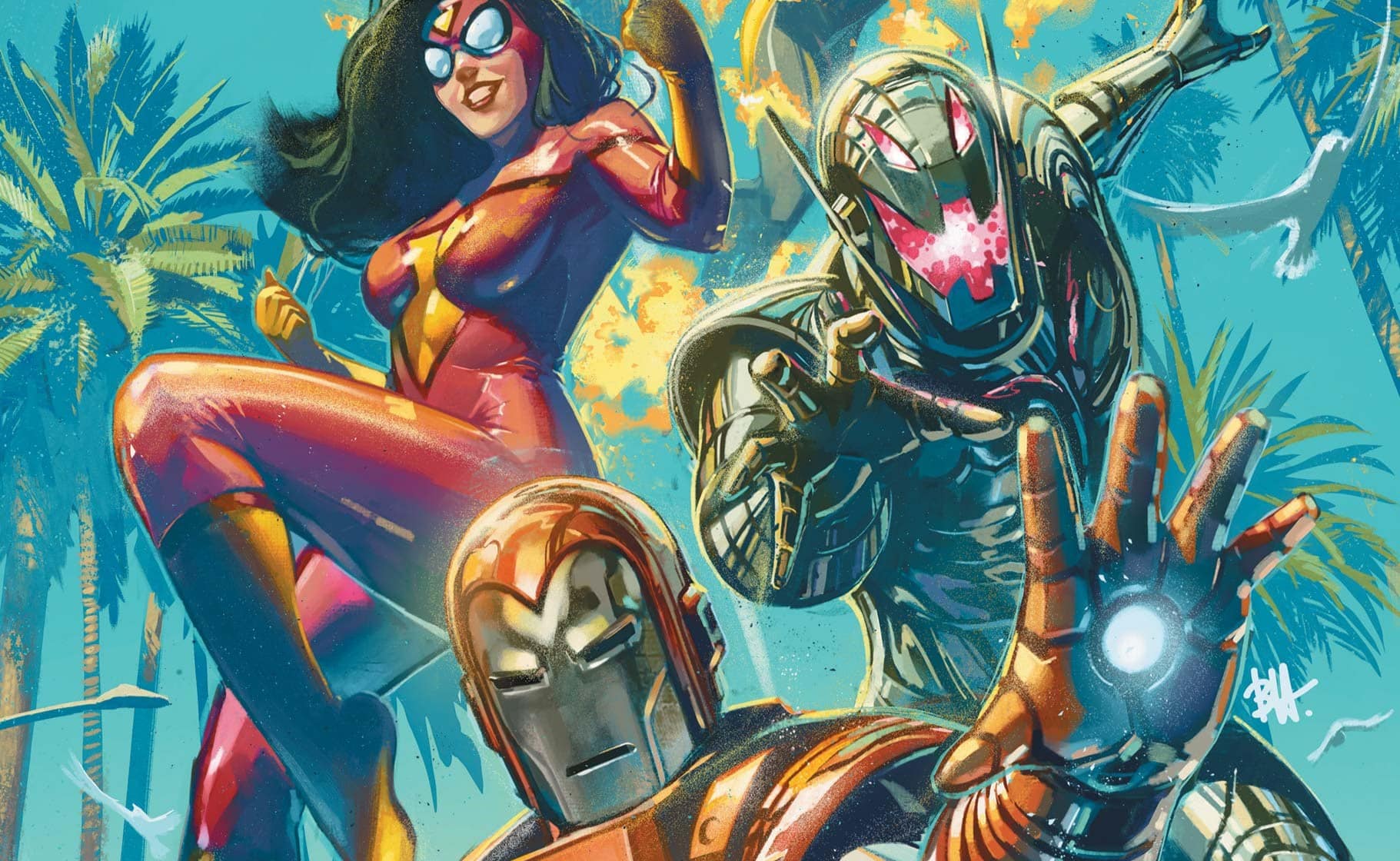
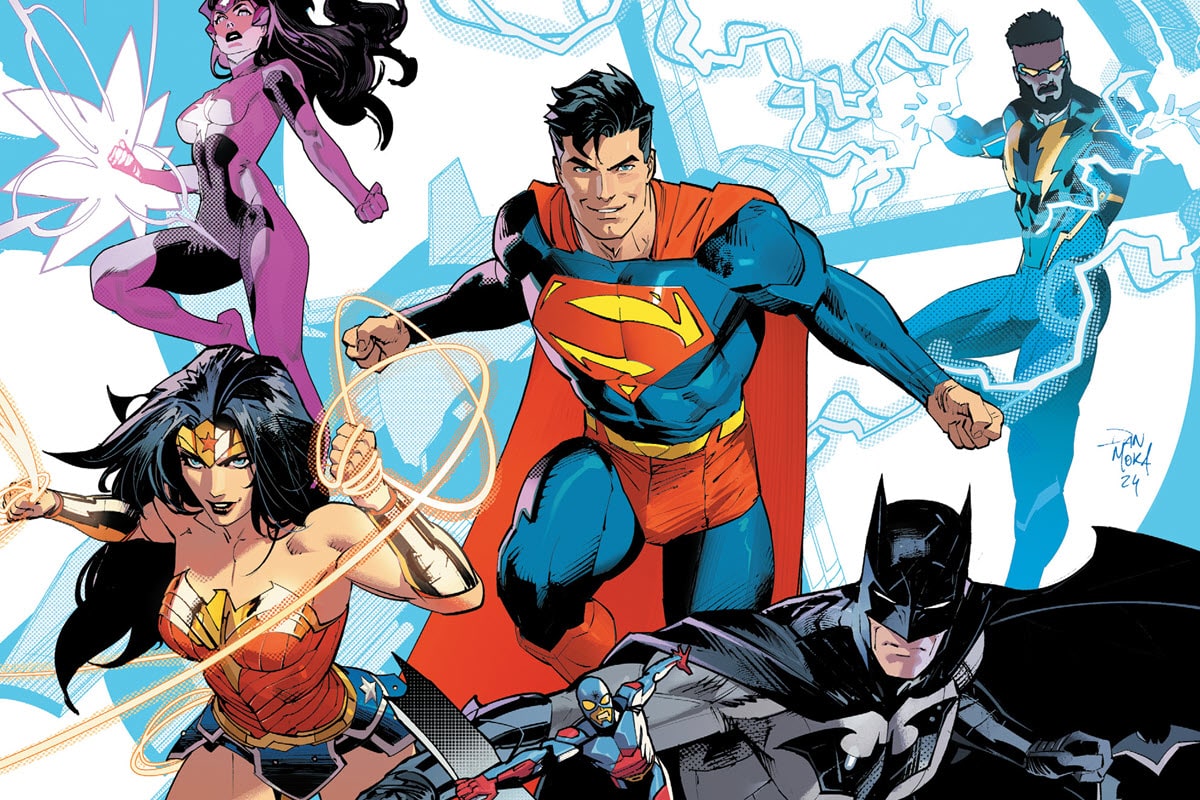














 English (US) ·
English (US) ·